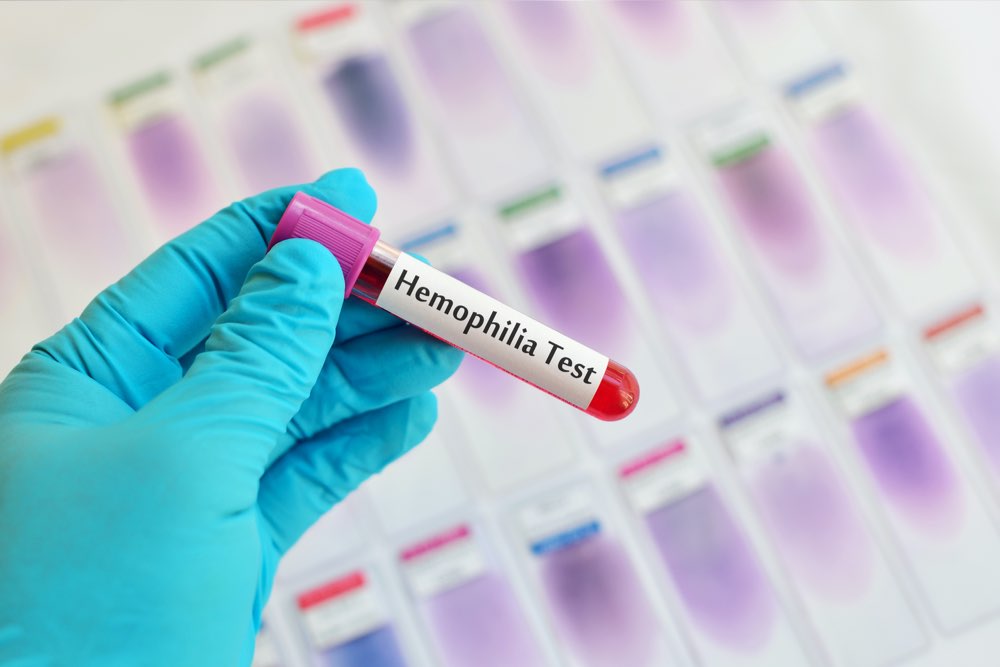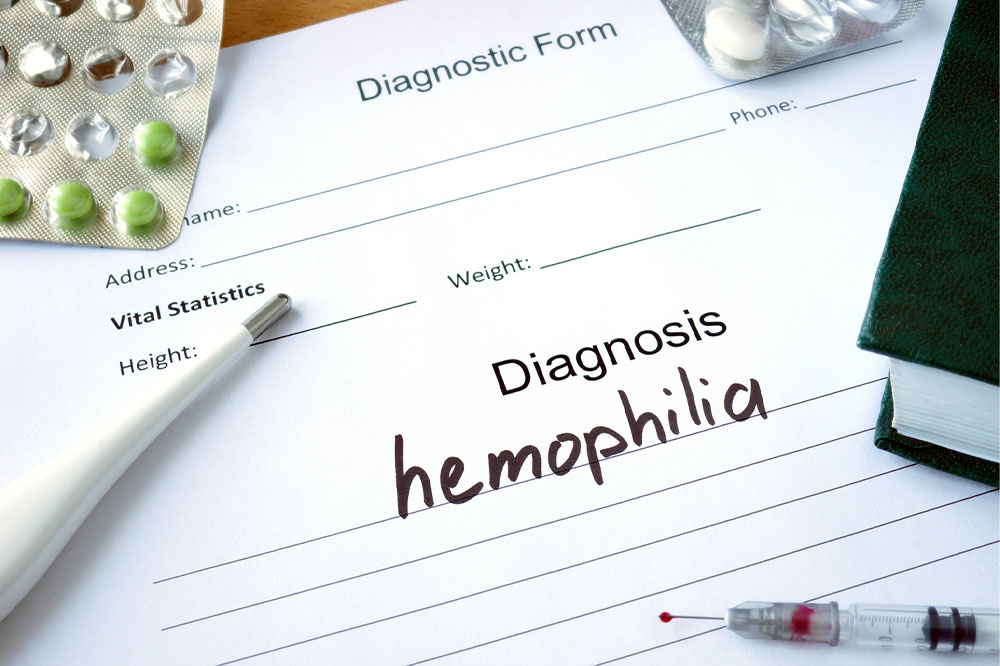Here are a few causes and treatment options of hemophilia
If an individual is affected by hemophilia, then it means that the affected person’s blood does not have the capability to clot normally. This rare genetic condition can cause excessive bleeding, both internally and externally. Treatments for hemophilia primarily aim at replacing the missing blood clotting factor to ensure proper clotting. Before learning about hemophilia treatments, understanding what causes the condition helps in preventing health complications in the long run.

A few causes of hemophilia:
- The most common type of hemophilia is hemophilia A, and particularly this type comes from an affected individual’s genes. You may inherit this disorder from any of your parents.
- Another cause of hemophilia is a genetic change that occurs before birth. This is commonly known as spontaneous mutation.
- Hemophilia A also has another form that is rare, which is not inherited but is equally life-threatening. The cause of this rare form might have relation with cancer, pregnancy or usage of certain medicines.
Before knowing more about its treatment, hemophilia affected patients must have an idea about the symptoms. The warning signs include excessive bleeding from very small injuries, the presence of blood in stool, bleeding from the nose for no specific reasons, large bruises, etc.
Facts about hemophilia treatment:
- The first and foremost option recommended by most physicians is replacement therapy. This is applicable for all types of hemophilia including the treatment of hemophilia B. The main motive of this treatment is to supply factor VIII into the affected person’s body as the body lacks this factor. Though it is not at all the perfect cure, yet it helps in controlling this blood disorder. This therapy is applicable in maximum cases, but there is a 20% chance that the affected person’s body might reject this therapy. If such a situation arises, then physicians try other sources of factor VIII and in different amounts.
- Certain drugs also assist in controlling bleeding in both children above 12 years and adults. At times, oral medications are combined with replacement therapy, so that blood clots do not break down.




